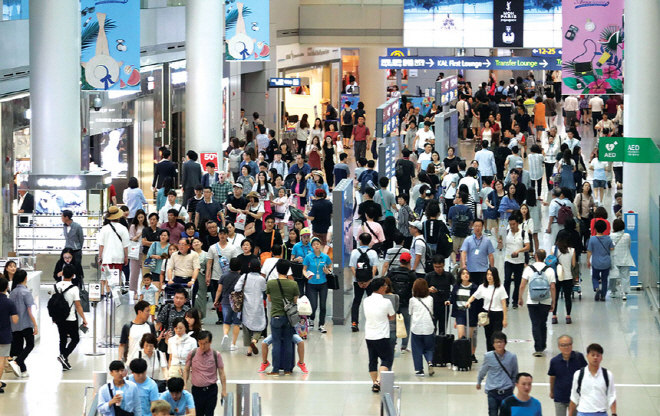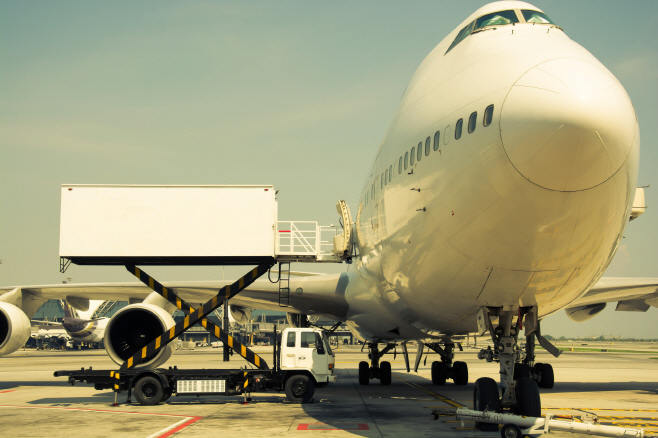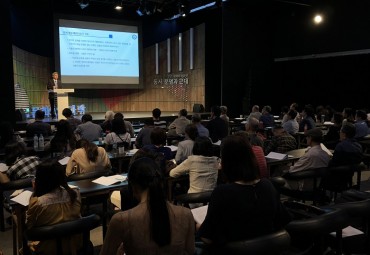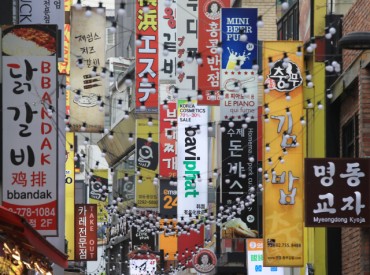SEOUL, Dec. 17 (Korea Bizwire) — An increasing number of South Koreans are opening their wallets to purchase plane tickets to go overseas.
In fact, South Koreans spent a record-breaking amount of money overseas last year, and the total is only expected to increase in the future. Overseas consumption is gaining importance as a subset of overall private consumption.
The National Assembly Budget Office revealed that South Koreans spent 31.9 trillion won (US$28.18 billion) overseas last year, a 9.9 percent increase from the previous year.
The numbers do not include direct purchasing via online stores or money used for business matters. Most of the expenditures were related to travel and study abroad programs.
Overseas consumption rose 8.7 percent on average each year during the 2010 to 2017 period, while South Korea’s domestic consumption growth remained at 2.1 percent.
Now, overseas consumption accounts for as much as 4.3 percent of total private consumption in South Korea.
The appreciation of the Korean won as well as an increasing number of low-cost airlines contributed to increased overseas spending.
Last year, the Korean won went from 1,208 won per dollar on January 2 to 1070 won by December 28. Against the Japanese Yen, the Korean Won went from 1033.3 won per 100 yen down to 949.2 won during the same period.
Among airline customers last year, 38 percent used low-cost airlines, bringing down the average cost of travelling overseas.
The Bank of Korea revealed that South Koreans spent as much as $23.8 billion (excluding tuition) during the January to October period of this year, which was a 7.27 percent increase from the same period last year.
Kwon Eun-seon, a homemaker living in Ulsan, took her two daughters to Johor Bahru, Malaysia in July for one month, despite financial difficulties, so that her children could study English.
She spent more or less 10 million won for the trip, but she plans to go back to Malaysia every year.
“I don’t want my children to fall behind others,” said Kwon. “I have a lot of friends in Seoul who tell me that competition over private education is much worse up there.”
Lee Eun-hae, a housewife living in Mok-dong, Seoul, takes her children abroad during vacations or while they’re supposed to be in school.
“We go as frequently as possible to prevent my kids from getting bullied by their peers.”
Personal loans tend to hike during school vacations or the month of May, when there are many national holidays.
The Bank of Korea showed that loans increased by 1.7 trillion won in May this year, which was four times larger than in March (400 billion won).
In August, loans increased by 1.9 billion won, which was more than twice the size of July (900 billion won).
Many schools take school trips abroad as well. At some schools, each student has to pay millions of won for a single school trip.
The Ministry of Education showed that among 97 elementary, middle, and high schools during the 2016 to 2018 period, in a total of 184 cases school trips were held where each student had to pay over 1 million won (US$883).
One high school had students pay 4,465,000 won each, which is more expensive than the average tuition among 30 national colleges in South Korea (4,195,500 won).
Many younger generations of South Koreans travel overseas for what they call ‘small but definite happiness’. For them, South Korea is a place where full-time jobs are hard to get, and housing prices are exorbitant.
So, they spend whatever they have managed to save from working part-time to go overseas, as an investment in themselves.
They hope to find happiness in reality, rather than looking forward to the vagueness of the future.
“I will never be able to afford a house with my monthly salary, and being a part-time worker doesn’t make it any better,” said Jung Mi-young, who recently came back from a one-month trip to Paris after leaving a construction company where she had been working part-time for almost two years.
“I would rather spend my money on what I really want to do now, rather than risk it on my unclear future.”
Data from Kookmin Bank shows that the average price of an apartment in Seoul is 848.8 million won, which is expensive even for lifetime savings.
On average, people would have to work 13.4 years without spending a single penny to be able to save up for a medium-priced apartment in Seoul.
Considering living expenses and other costs, paying for a house is more likely to be a lifetime pursuit. That is why most people borrow money to buy a house.
Nice Information Service showed that there are roughly 19 million household debt holders in South Korea, which accounts for 36.7 percent of the total population of South Korea (51.8 million).
They hold 1.53 trillion won in household debt, which amounts to 80.4 million won per person.
“Exorbitant housing prices and high unemployment are depriving younger generations of hopes for the future,” said Kwon Seong-woo, a professor at Sookmyung Women’s University.
“They are looking for a new, short-term, achievable alternative, which might be travelling overseas.”
Lee Seong-tae, a researcher at the Korea Culture and Tourism Institute, says “almost 50 percent of all South Koreans travel abroad, which is higher than the average of 30 percent among other countries.”
“On top of influence from social media, the need to achieve one’s desires also seems to contribute to the urge for traveling.”
H. M. Kang (hmkang@koreabizwire.com)








